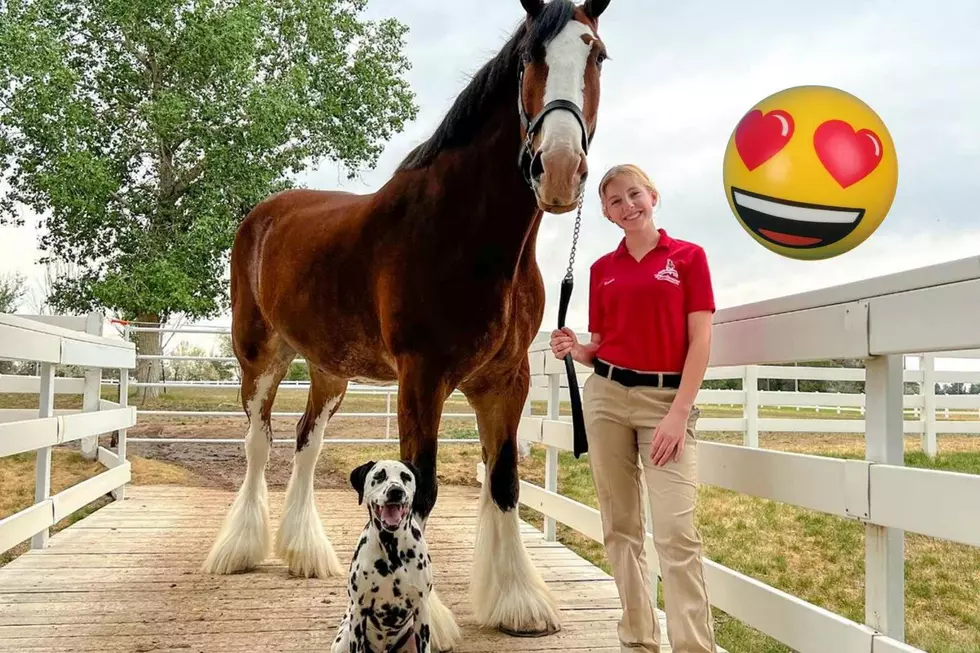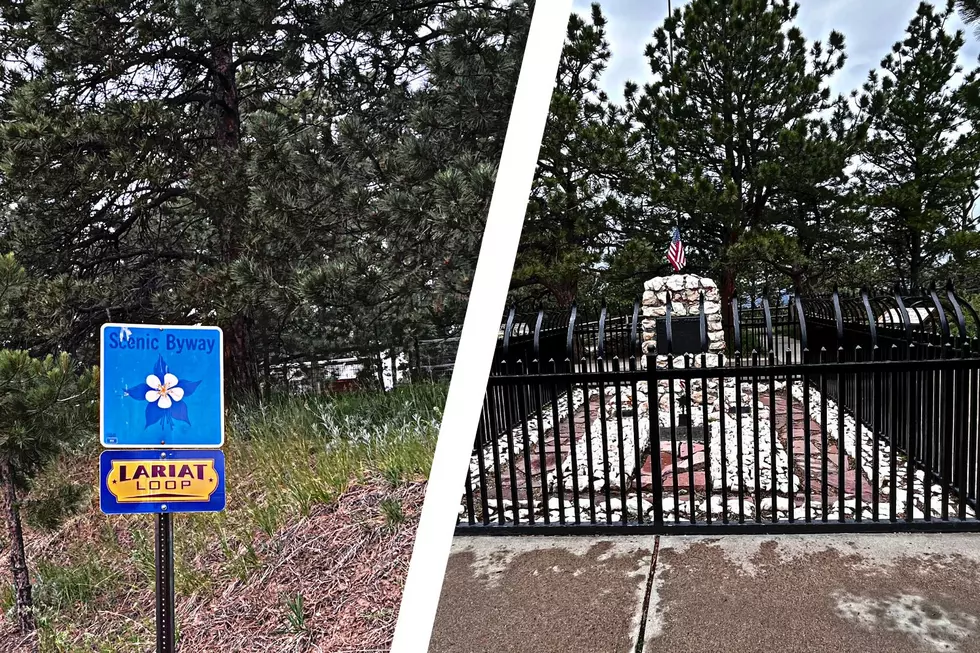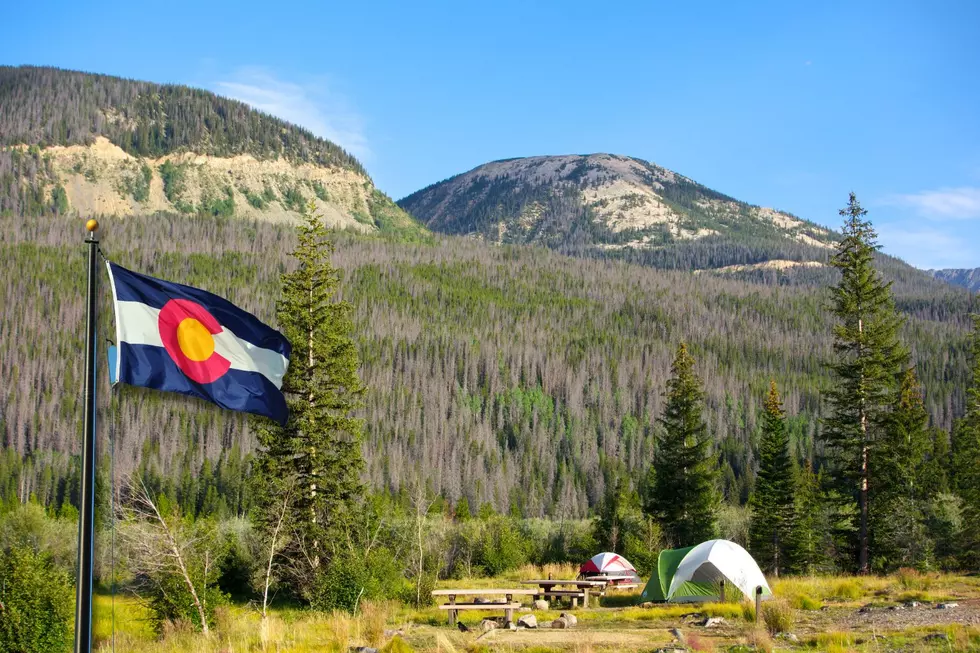
Bull Snake or Rattlesnake? How to Identify These Colorado Nope Ropes and Danger Noodles
It's snake season. I've seen several social media posts asking for help identifying snakes people are finding at their homes. Let's not forget that video of the rattlesnake surfing at Horsetooth Reservoir.
Most often confused for a Colorado rattlesnake, is the Colorado bull snake. The bull snake (subspecies of the gopher snake) found in Colorado is the largest snake found in our state, so it's a good idea to know what you're looking at. Sort of a big friendly giant without the friendly part. Big, but not poisonous.
Bull snakes will hiss and even vibrate their tail if feeling threatened, this is why you need to know what you're looking for.
Colorado State University suggests looking for these 6 distinguishable features:
Rattles at the end of the tail.
Fangs in addition to their rows of teeth.
Facial pits between the nostrils and eyes.
Vertical and elliptical pupils that may look like thin lines in bright light. (Nonvenomous snakes have round pupils.)
A single row of scales between the vent and the tip of the tail. (Nonvenomous snakes have two rows of scales.)
Broad triangular head and narrow neck.
Growing up the advice for us kids was always to watch where you step and back away slowly if you see a large snake. Also, it seems to be a myth that bull snakes eat rattlesnakes.
If you get bit by a rattlesnake the Rocky Mountain Poison and Drug Center says to remain calm so you don't speed up circulation, remove anything that may cause swelling like jewelry or shoes, wash the wound if possible, try not to move too much, and get to the hospital immediately.
This fat rattlesnake was seen a few days up the Poudre Canyon. Not hard to identify this one since you can quickly see its rattle.

Youtuber's 10 Worst Towns in Colorado and Why
More From ESPN Western Colorado









